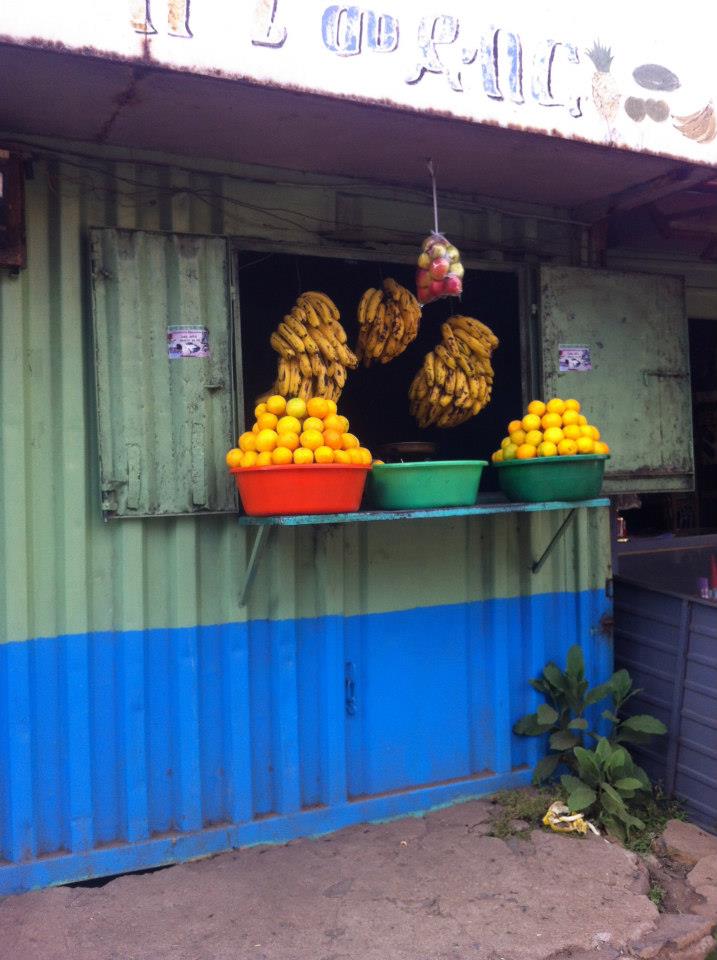 Time travel exists. Ethiopia is proof of this. Not so much for a specific location over time, but just because you just left the airport in Addis Ababa you have the feeling of being finished in a parallel time …
Time travel exists. Ethiopia is proof of this. Not so much for a specific location over time, but just because you just left the airport in Addis Ababa you have the feeling of being finished in a parallel time …
First of all for the Ethiopian method of calculating the passage of time. I am writing this text on October 23, 2013 at 12.45. Well, in Ethiopia it is the 13th of the month of Tekmar in 2006. Ah, it’s 7.45 of the day. A casino in short …… also because, unlike many other countries that follow a different calendar from ours, in 99% of cases everything is regulated by the European time standard. In Ethiopia no. The first time I was in Ethiopia, I had a row of appointments behind the other. I was told to introduce myself at 4 and I, very precise, I arrived in mid-afternoon to understand that only have 6 hours late. But let’s go in order. The difference in the date is simply due to the fact that in Ethiopia the Coptic calendar is followed, while the difference in the timetable depends on the fact that being very close to the equator and having the days a regular duration between hours of light and dark hours (12 hours of light and 12 of darkness), it becomes more logical to start counting the hours of the day starting at dawn, at six in the morning, and dividing the day into 12 hours of light and 12 of “night”.
In addition to this temporary disorientation, there is also the reality : 80% of the 90 million inhabitants of Ethiopia live on agriculture , and it is clear: the sensation is that of having returned to a past with less cars and more carts, more stalls and shops and less supermarkets (in Addis there is a Western type, but they are still few and in the richest areas like Bole – the airport area).Addis Ababa is a metropolis with 3 million inhabitants, and therefore the feeling is decidedly different also because Addis sees the difference from year to year. Addis is a huge construction site , roads, buildings and entire residential areas are built. I come back every year and see more miles of paved roads and new, modern buildings come up like mushrooms. Of course, to build this new Addis, we must sometimes destroy what was there before. The most painful thing is the evictions of the slums ; certainly not beautiful to see, but still the home of thousands of families, who are thus pushed even further to the margins and made, if possible, even poorer and more desperate. Poverty is the most evident face of Ethiopia, but the heel closely resembles the beauty of its people.


